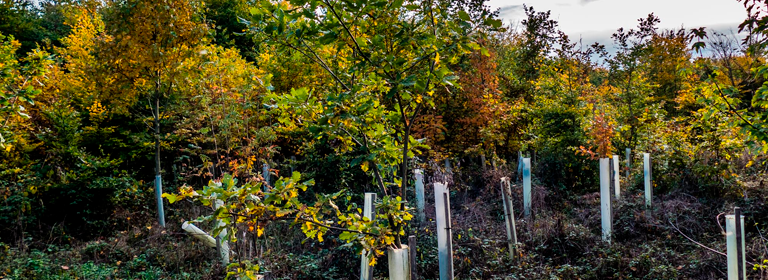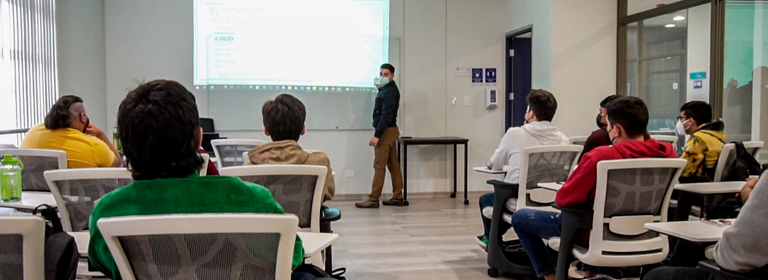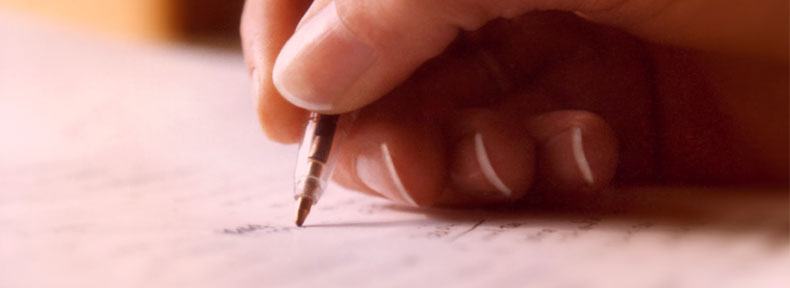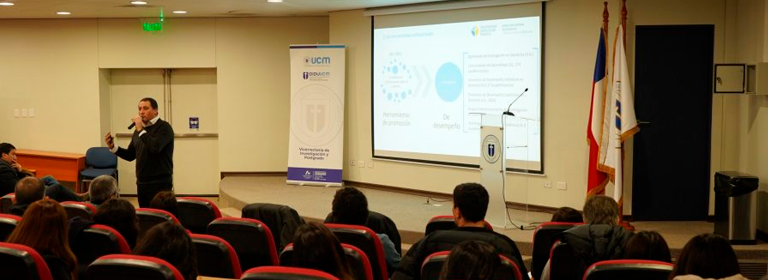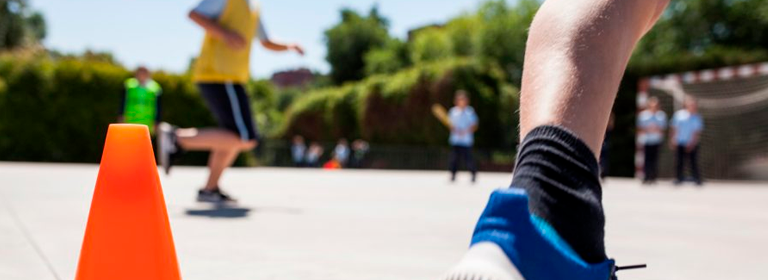Experts from Italy and Australia presented cutting-edge research on sustainable agriculture and environment, during a conference organized by the Universidad Católica del Maule.
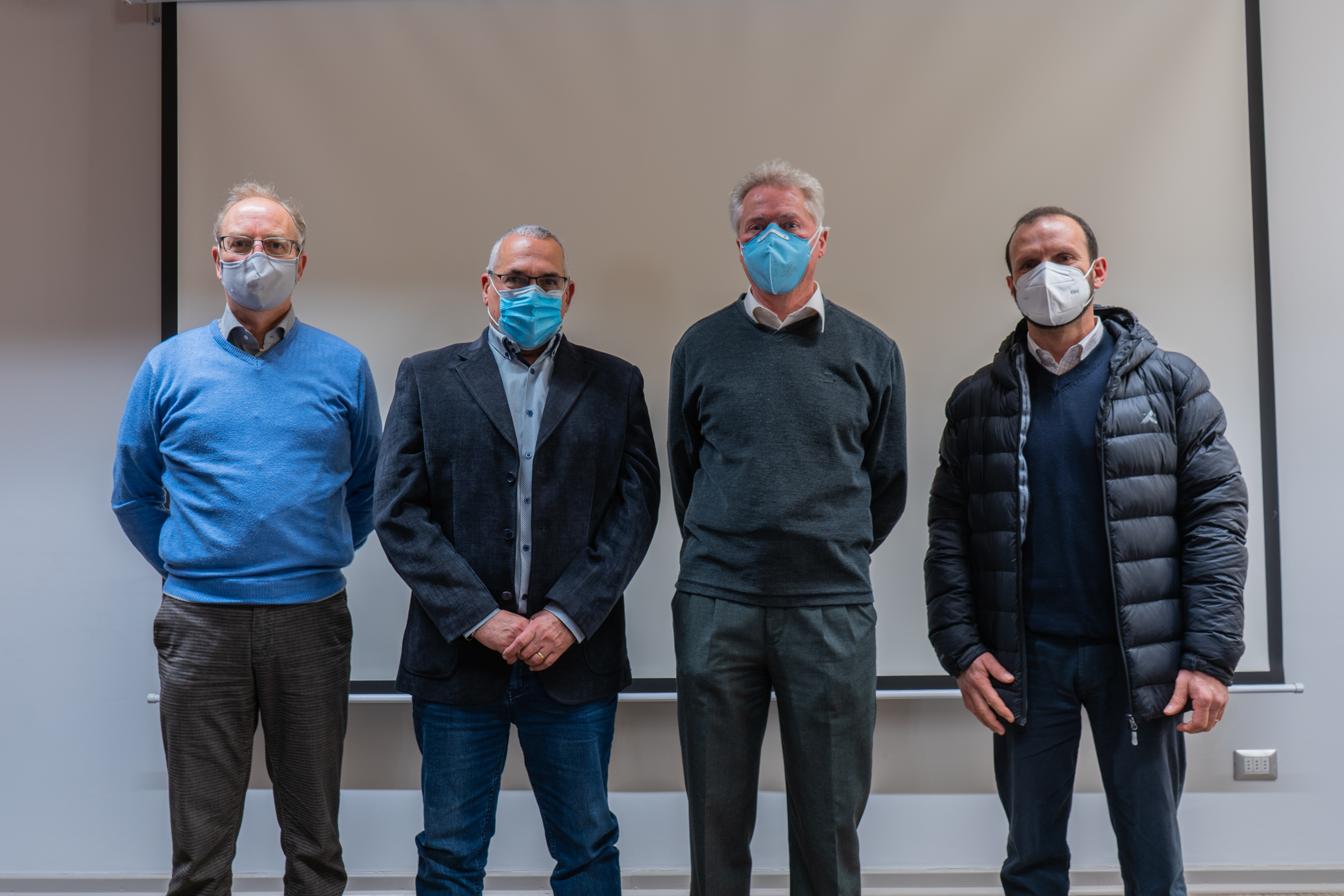 The salinization of arable soils is a problem that humanity will soon have to face, given the rapid increase in salt content in this type of surface, which is advancing at a rate of 10% per year. According to experts, more than half of the productive soils would be seriously affected by the presence of salt in the next three decades, causing a reduction in agricultural yields.
The salinization of arable soils is a problem that humanity will soon have to face, given the rapid increase in salt content in this type of surface, which is advancing at a rate of 10% per year. According to experts, more than half of the productive soils would be seriously affected by the presence of salt in the next three decades, causing a reduction in agricultural yields.
The professor of Botany at the University of Salerno in Italy, Stefano Castiglione, raised potential solutions to this challenge, during an international symposium organized by the Catholic University of Maule, through his Doctorate in Translational Biotechnology.“Soil salinization is a global problem, and the solution is not easy. But the combined use of the correct plants and microorganisms would be a possible approach. Of course, we are at the beginning of history, and we have to look to the future together”, he pointed out.Various investigations have recognized the relevant role that some microorganisms play in maintaining and improving plant health, with tolerance even to high concentrations of salt. “We have tested certain microorganisms in tomatoes, for example, with good results, because the vitamins in the roots were improved. We are still far away, but I am sure that the scientific community will achieve important results”, emphasized the specialist in biodiversity.
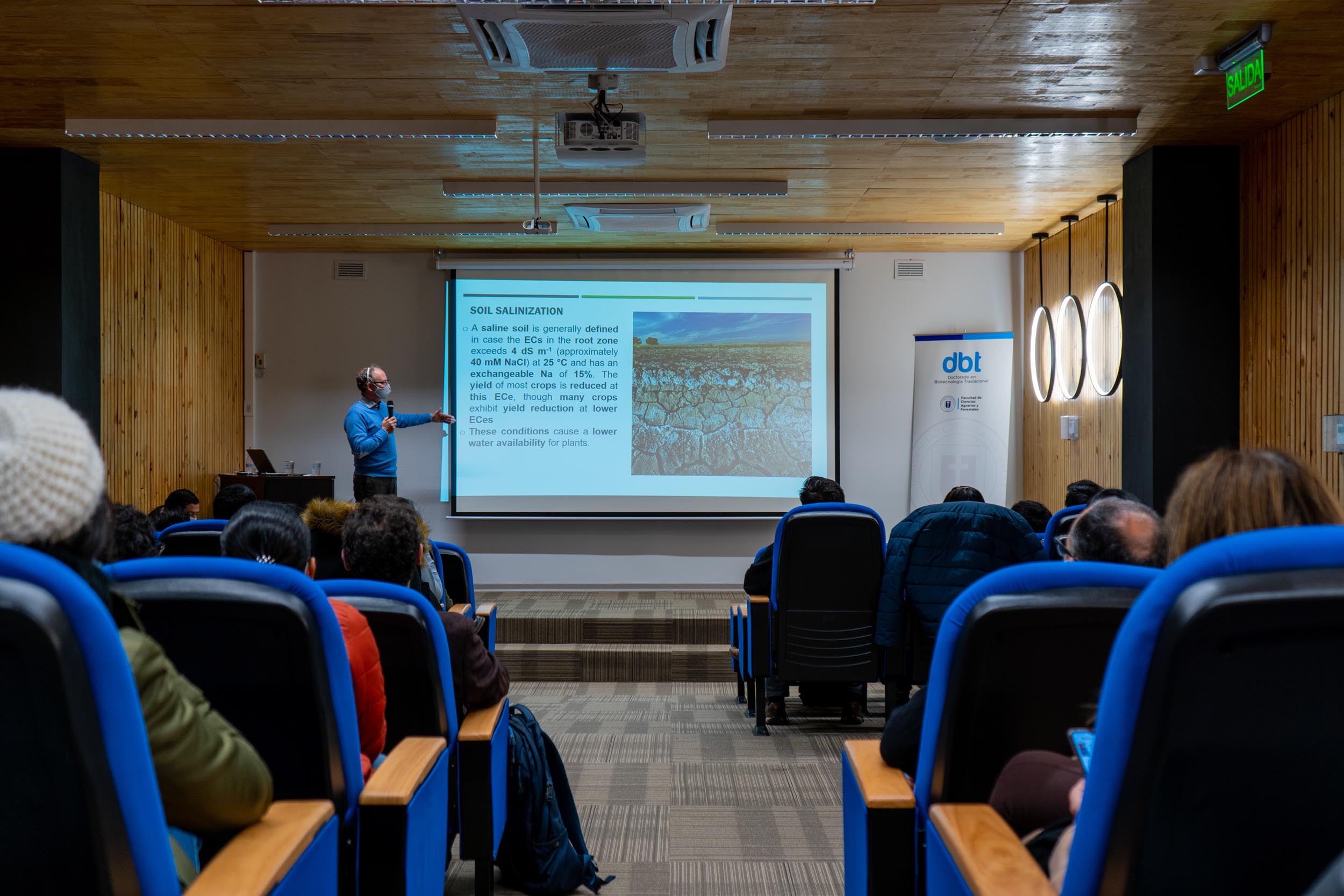 Seeds for conservation
Seeds for conservation
David Boshier, member of the Commonwealth Scientific and Industrial Research Organization in Australia (CSIRO), also participated in the conference, with a presentation on reforestation and applications of genetics to improve the use and conservation of natural ecosystems.“The problem both globally and within Chile is that it has been committed to restore large areas of forest, whether native or planted, and for that the question is where the seed for those millions of hectares would come from, where the plants would come from and which it will be the quality of the seeds for the process to be successful”, he highlighted.»The local seed is not necessarily the best,» he said. The trees are old, and the climate is not the same as when the tree regenerated 100 or 200 years ago. The first thing is to collect from a good number of trees, to ensure a good genetic base, because as many people know, selection is the most important thing to adapt to the future. You can also bring seeds of the same species from other areas and mix them to find the possibility of adapting them to drier climates or more degraded soils.»

